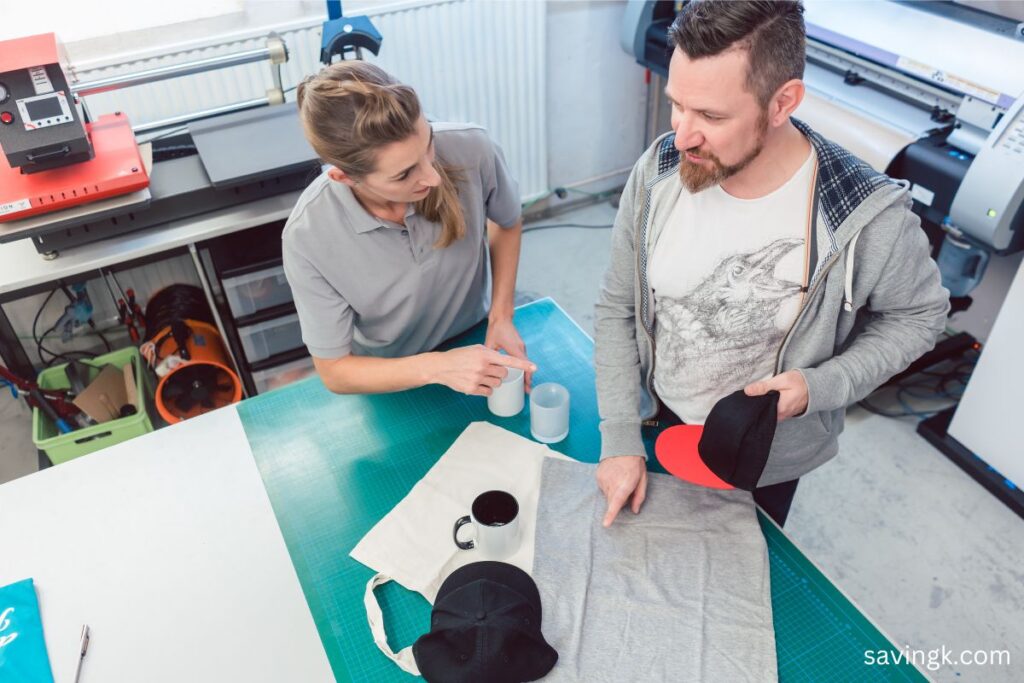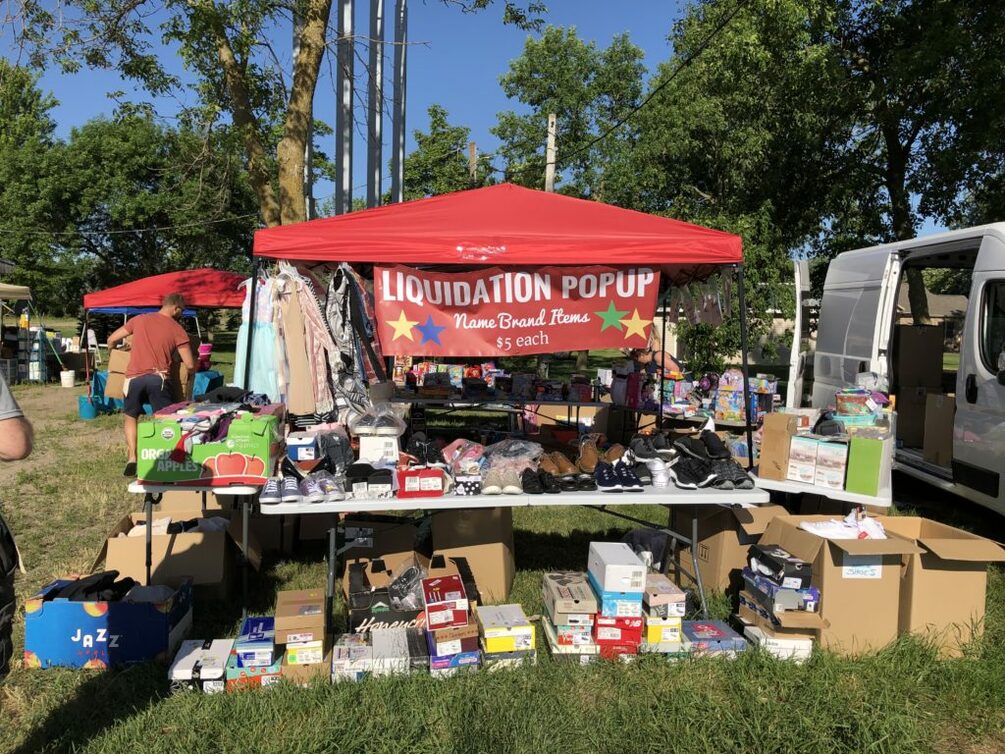
Promotional products—those branded pens, mugs, t-shirts, and tote bags—are more than just marketing tools. For entrepreneurs, they represent a lucrative business opportunity. With demand for customized merchandise continuing to grow, selling promotional products can be a profitable venture if done strategically. Here’s how you can turn swag into cash.
Contents
Why Promotional Products Are Big Business
Companies of all sizes use promotional products to boost brand awareness and build customer loyalty. These items are cost-effective marketing tools that keep brands top of mind for consumers. In fact, the global promotional products market is projected to reach billions of dollars in value in the coming years. This steady demand makes selling promotional items a viable business opportunity for side hustlers and full-time entrepreneurs alike.
Getting Started in the Promotional Products Industry
1. Understand Your Market
Identify your target audience. Are you selling to small businesses, nonprofits, schools, or event organizers? Knowing your customers’ needs will help you offer products they’ll want to purchase. For example, nonprofits may prefer affordable items like tote bags, while tech companies might opt for high-quality branded gadgets.
2. Choose Your Niche
Focus on a specific product category or industry to differentiate yourself. You could specialize in eco-friendly products, tech accessories, or luxury promotional items. Niching down can make your marketing efforts more targeted and effective.
3. Find Reliable Suppliers
Partnering with reliable manufacturers or wholesalers is critical. Look for suppliers that offer competitive pricing, high-quality products, and customization options. Platforms like Alibaba, Printify, and Swag.com can help you source products, or you can connect with local suppliers to reduce shipping times.
4. Set Up Your Business
Register your business, obtain any necessary licenses, and set up an online store or portfolio. Platforms like Shopify, Etsy, or even a dedicated website can make it easy to showcase your offerings. Include options for bulk orders and customization to attract larger clients.
Marketing Your Swag Business
1. Build a Strong Online Presence
Create a professional website and social media accounts to showcase your products. Share testimonials, examples of your work, and case studies of successful promotions to build credibility.
2. Network Locally
Attend local business events, trade shows, and networking meetups to connect with potential clients. Bring samples of your products to leave a lasting impression.
3. Offer Incentives
Attract customers by offering discounts on bulk orders or free samples for first-time buyers. Highlight the benefits of promotional products, such as their ability to increase brand recognition.
4. Leverage Word-of-Mouth
Encourage satisfied clients to spread the word. Offer referral discounts or rewards for recommendations that lead to new business.
Managing Costs and Maximizing Profit
1. Start Small
Begin with a limited inventory of high-demand products to minimize upfront costs. Once you establish a customer base, you can expand your offerings.
2. Price Strategically
Factor in production costs, customization fees, and your desired profit margin. Research competitors’ pricing to ensure you remain competitive.
3. Negotiate with Suppliers
Build strong relationships with suppliers to negotiate better rates or volume discounts. This can significantly reduce costs and increase your profit margins.
4. Upsell and Cross-Sell
Encourage customers to purchase additional products by offering bundle deals or showcasing complementary items. For example, suggest branded mugs to go with a t-shirt order.
The Pros and Cons of Selling Promotional Products
Pros:
- High Demand: Businesses and organizations consistently need promotional products.
- Scalable: Start small and expand as your customer base grows.
- Diverse Market: Opportunities to work with various industries and clients.
Cons:
- Competition: The market is saturated, so standing out can be challenging.
- Customization Challenges: Managing orders with unique designs can be time-consuming.
- Upfront Costs: Initial investments in samples, marketing, and inventory may be required.
Final Thoughts
Selling promotional products is a business with significant earning potential. By identifying your niche, offering high-quality items, and leveraging effective marketing strategies, you can carve out a successful space in this thriving industry. Whether you’re looking for a side hustle or a full-time business, the world of swag could be your ticket to steady profits and entrepreneurial success.




